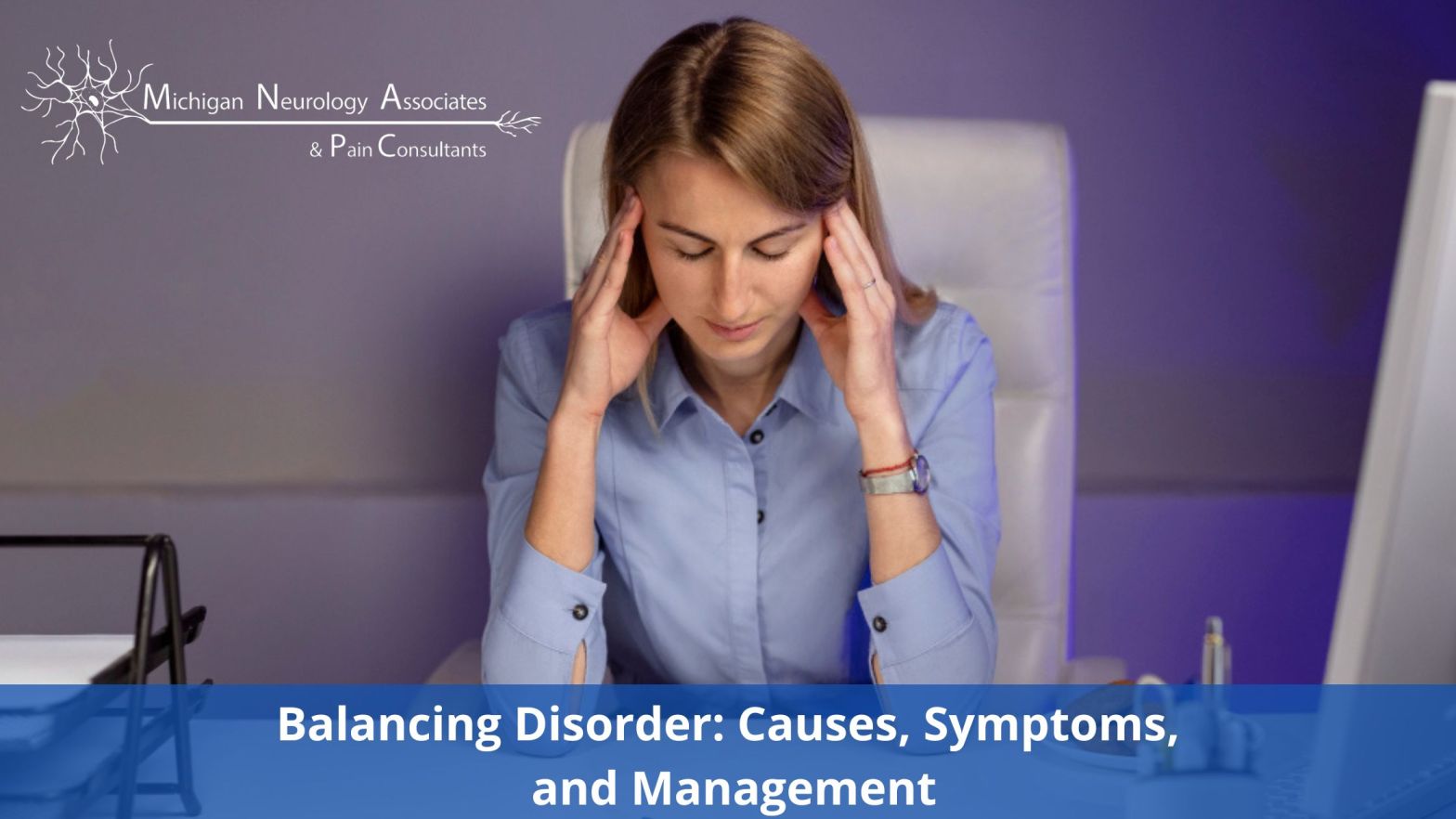



Keeping optimal body balance is important, as it helps individuals maintain stability and equilibrium in everything they do. However, balance issues, marked by dizziness or feeling light-headed, can create a sensation of the room spinning (aka Vertigo) or the fear of falling. These consequences can be debilitating, preventing you from performing your daily activities and impacting your quality of life.
According to a study, around 40% of people likely experience a form of balance disorder, including dizziness, over their lifetime, and one in three of those aged 65 or more falls on any given year, and 10% of these falls cause significant injuries. Hence, understanding the causes, symptoms, and timely management of balance disorder is essential to enhance your overall well-being.
While balance problems can be caused by several factors ranging from medications, to trauma, to infections, the underlying mechanism is always the malfunctioning of the vestibular system. This system is responsible for sending information about your movement and head position to the brain, so when it's impaired, balance problems occur.
Your balance disorder symptoms may include the following.
If your dizziness is due to the side effects of your medications, your doctor will adjust the dosage or replace them. However, if your condition results from bacterial or viral infections, they will prescribe antibiotics or antivirals. They may also inject corticosteroids behind your eardrum to reduce dizziness resulting from inflammatory inner ear problems.
Customized physical exercises can help strengthen your balance system and ease symptoms such as vertigo and dizziness. Being taught how to avoid injuries, how to use assisting devices, or how best to get off the floor after falling are very helpful.
It involves maneuvering your head in particular patterns to clear the particles out of your inner ear and deposit them into a different area of your inner ear so symptoms will not be triggered.
Dietary changes like avoiding caffeine and alcohol and limiting salt intake can ease the symptoms of migraines or Meniere's disease. Wear compression stockings and stay hydrated if you have postural hypotension.
These custom-balance retraining exercises ease your symptoms and facilitate improved balance and physical activity.
It trains your brain to ignore the negative thoughts about your balance, such as fear of falling or losing control, so your symptoms won't exacerbate. You will also learn new coping skills to improve your balance.
Assistive devices, such as standard canes and walkers, can help prevent falls.
You can practice deep breathing, yoga, and meditation to reduce stress and improve your ability to manage your symptoms.
Poor sleep can trigger vertigo and other balance problems, so having a consistent sleep cycle is essential.
If you are facing a balancing disorder, visit Michigan Neurology Associates & Pain Consultants for top-notch treatment and care. Whether your balance problems result from neurological conditions, inner ear issues, or medication side effects, we provide personalized and effective solutions. Schedule an appointment today with our skilled neurologists specializing in balance disorder treatment in Metro Detroit today for a more stable you.
Q- What Causes Balancing Disorders?
A- Balancing disorders stem from head injuries, neurological conditions, inner ear issues, or medication side effects.
Q- How Do I Know If I Have a Balancing Disorder?
A- Symptoms, such as vertigo, dizziness, memory issues, blurred or doubled vision, tinnitus, etc., can indicate that you may have a balance disorder.
Q- Are Balancing Disorders Treatable?
A- Yes, balancing disorders are treatable with medications, lifestyle changes, exercises, etc.
Q- Can Stress and Anxiety Contribute to Balancing Disorders?
A- Yes, stress and anxiety can trigger a balance disorder.
Q- Is Vertigo the Same as Dizziness?
A- No, vertigo is characterized by a spinning sensation, while dizziness is a feeling of unsteadiness, light-headedness, and wooziness caused by inner ear problems, migraines, etc.